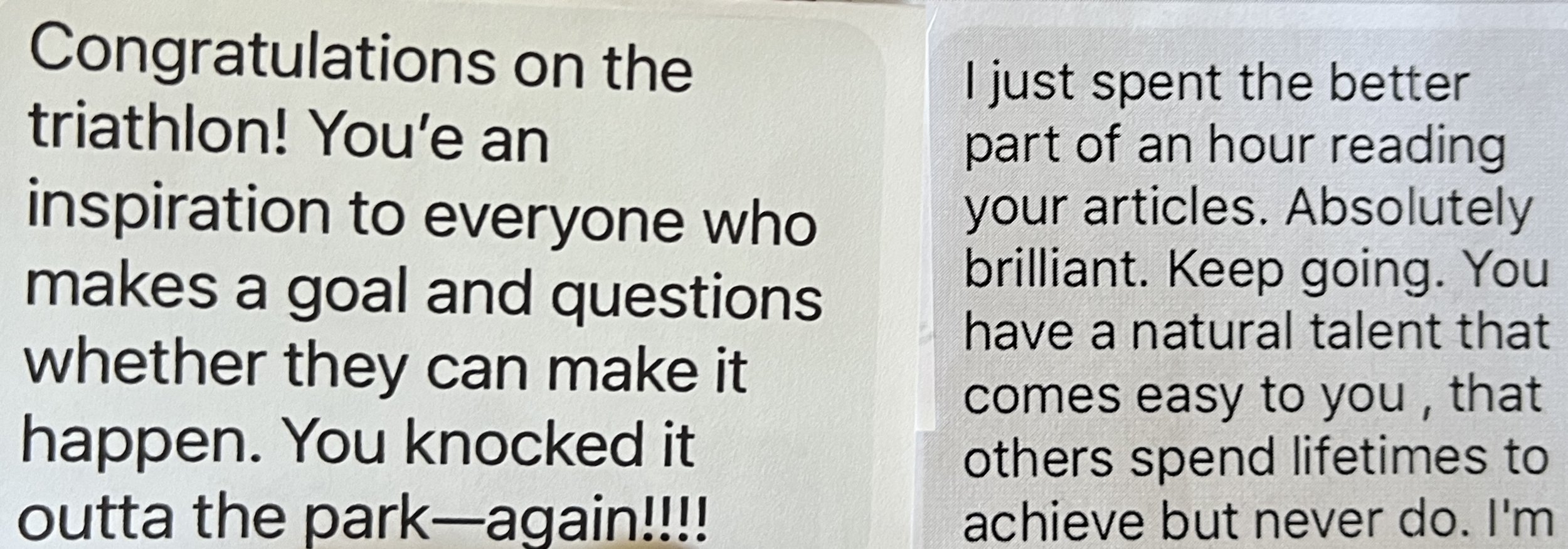In yoga class, I often lose my balance. People around me do, too–this morning, someone next to me splatted on the floor while attempting scissor pose. And last week, a guy whomped into the wall while attempting a forearm stand (he’s a big dude, so it was loud). But it’s all good, because when we “failed” at the poses, it was only because we were trying to do them in the first place, and that’s a good thing.
Here’s what some well-known people have said about failure:
Actress Salma Hayek says, “Don’t be afraid to make mistakes. It’s better than to do nothing and learn nothing and not evolve.”
And let’s not forget former U.S. President Theodore Roosevelt’s classic speech, The Man in the Arena, where he speaks of a person who, if they fail, “at least fails while daring greatly, so that his place shall never be with those cold and timid souls who neither know victory nor defeat."
“The person who fails the most, wins.”
–Seth Godin
If you’re in business, think you can avoid product failures with “ideal customer avatars” and focus groups? In his blog post, This Might Not Work, Author Steven Pressfield reminds us that they aren’t always predictors of success. “I don’t think the avatar concept works,” he says. “How did Steve Jobs evolve the Macintosh or the iPhone or the iPad? He did them for himself. Because he thought they were cool.” He’s got a good point.
And how about failing over and over, like when you’re searching for a job? Richard Bolles, author of the bestselling career book, What Color is Your Parachute? views success as a string of “Nos” followed by a “Yes.” He says: “After each rejection, take comfort in the fact that you are one “NO” closer to a “YES.”
Seth Godin, in his book What to Do When it’s Your Turn (and it's Always Your Turn), says it’s better to be at ease with the tension of not knowing whether or not something will work than to never take action at all because you’re afraid it won’t. He says, “The person who fails the most, wins.”
When you try something–yoga or anything else–you just might succeed, no matter how much you’re sure you’ll fail. Or maybe you’ll fail the first ten times, but get it right the eleventh. Or the failure may help point you in the right direction. Or it’ll be an unforgettable, epic fail, but at least you’ll know you tried. But when you’re too afraid to try anything at all, you fail the most.
I hope you fail at something this week. And I mean that in the best way.


















